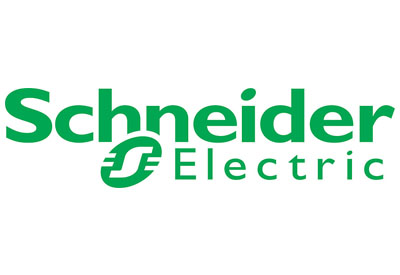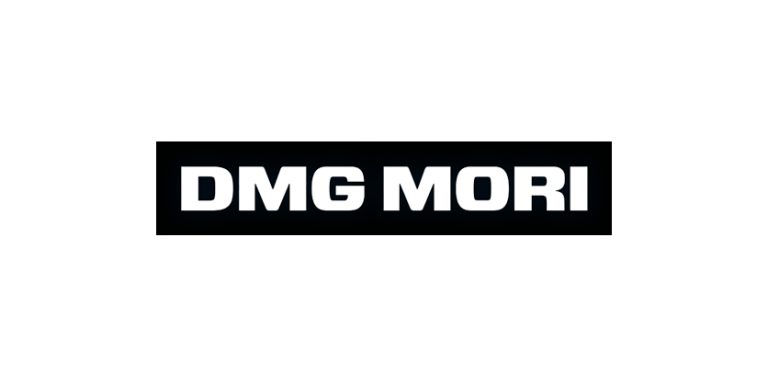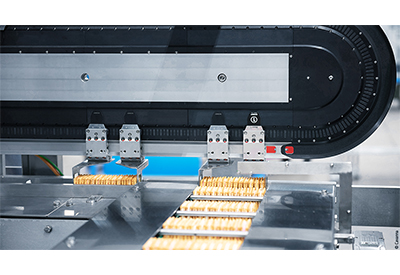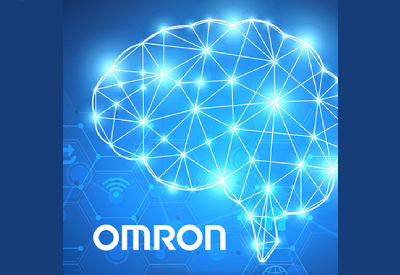Schneider Electric Unveils New Research and IT Innovation to Meet the Demands of a Digital-First Future

July 15, 2021
Schneider Electric, a major provider in digital transformation of energy management and automation, recently released a research report to foster an understanding of how digitized and smart applications will be powered in the future. The report titled Digital Economy and Climate Impact predicts IT-sector related electricity demand is expected to increase by nearly 50 per cent by 2030. Yet, as the electricity system decarbonizes, emissions would not increase by more than 26 per cent by that time. To help mitigate this rise in emissions, the Schneider Electric Sustainability Research Institute recommends continued efforts in achieving efficiencies on the IT and energy sides at both the component and system levels. Released at an exclusive media event presented virtually from Schneider Electric’s Boston Hub, the report highlights how the rise of edge computing requires a specific focus as these systems are expected to be less efficient than hyperscale data centers from a PUE standpoint.
“When the world locked down it also logged on and internet traffic soared,” said Pankaj Sharma, EVP, Secure Power, Schneider Electric. “It’s misleading to assume that digital activity will inevitably result in a deeply problematic increase in CO2 emissions. The analysis from the Schneider Electric Sustainability Institute puts to rest many of the worst-case scenario claims predicting IT-related electricity use will double every five years. That said, as an industry we must remain vigilant in finding new sources of sustainability gains while ensuring resiliency as digital keeps life moving forward.”
In addition to releasing the research report, Schneider Electric also announced updates to its EcoStruxure IT data center infrastructure management software, Galaxy VL 3-phase uninterruptable power supply (UPS) and introduced an industry-leading single-phase UPS, the APC Smart-UPS Ultra. All introductions are designed to advance the industry forward in meeting sustainability goals while increasing resiliency of IT and data center infrastructure.
EcoStruxure IT software updates reduce complexity in managing hybrid data center and edge IT environments
Increasing demands on digital consumption, which are explored in the new research report, create a more complex hybrid environment inclusive of enterprise, cloud and edge data centers. To address the unique management challenges of a hybrid IT environment, Schneider Electric has announced updates to its EcoStruxure IT software to increase efficiency and resiliency, including:
- – Increased remote management capabilities: New granular remote device configuration features enable users to change configurations on one or more devices – including the new Galaxy VL and APC Smart-UPS Ultra single-phase UPS units – from one centralized platform with EcoStruxure IT Expert. This update, combined with previously released software insights on device security health, enables the user to identify faulty devices or configurations and address them in a matter of clicks, keeping their hybrid IT environment secure.
- – Improved environmental monitoring: Environmental monitoring systems ensure users have eyes and ears on data center and IT deployments from anywhere, anytime. With this update, users can push mass configurations remotely for NetBotz cameras 750 and 755 quickly and efficiently increasing security across the critical infrastructure.
- – Enhanced remote capacity modeling and planning: With EcoStruxure IT Advisor’s new capabilities, users can remotely compare an unlimited number of racks and easily identify available capacity, view what assets are deployed and their dependencies.
Redesigned Galaxy Lithium-ion battery solution enables greater space savings, faster recharge and installation and enhanced safety
The newly released Galaxy VL, the most compact of its class, modular and scalable 3-phase UPS in the 200 – 500 kW range with efficiency levels up to 99 per cent , now features redesigned Galaxy Lithium-ion battery cabinets, providing a sustainable, high-density and innovative energy storage solution for data centers, industrial processes, and critical infrastructure. The exclusive cabinets are compatible across the full Galaxy V Series.
A Green Premium offer, this UL9540A-compliant battery solution reduces battery footprint and weight by up to 70 per cent, allowing more effective use of space. The new cabinets enable two to three times faster recharge than VRLA solutions as well as faster installation and enhanced system availability with patented redundant self-powered internal power supplies.
Lithium-ion batteries reduce total cost of ownership by doubling battery life, lowering installation and maintenance costs, plus reducing cooling needs, as they operate at higher temperatures than VRLA. The included real-time battery management system improves battery system visibility, predictability, and manageability. The modular, touch-safe design simplifies maintenance and increases operator safety.
APC Smart-UPS Ultra is the Smallest, Lightest, Single-phase 3kW UPS on the Market
In a separate announcement released at the media event, Schneider Electric also introduced the new APC Smart-UPS Ultra 3kW single-phase UPS. Designed to deliver more power, flexibility, and intelligent monitoring in a smaller footprint, the APC Smart-UPS Ultra enables IT professionals and solution providers to address many of the challenges with deploying IT infrastructure in distributed environments and at the edge. With flexible mounting options including rack, tower or wall/ceiling mounts, the Smart-UPS Ultra can be placed out of the way to allow for more space for IT in the rack. It features long-lasting Lithium-ion batteries to save time and money on maintenance and it’s EcoStruxure Ready, providing cloud-based monitoring to optimize performance, deliver data-driven recommendations, and enable visibility anywhere, anytime.
“Schneider Electric has been focused on sustainability for the past 15 years and was recently named the most sustainable corporation in the world. We have embraced the mindset that future innovation will deliver better efficiency across the broader connectivity landscape,” continued Sharma. “By making smart intentional choices, our industry can help mitigate how much electricity and emissions result from the rising appetite for digital technologies.”







